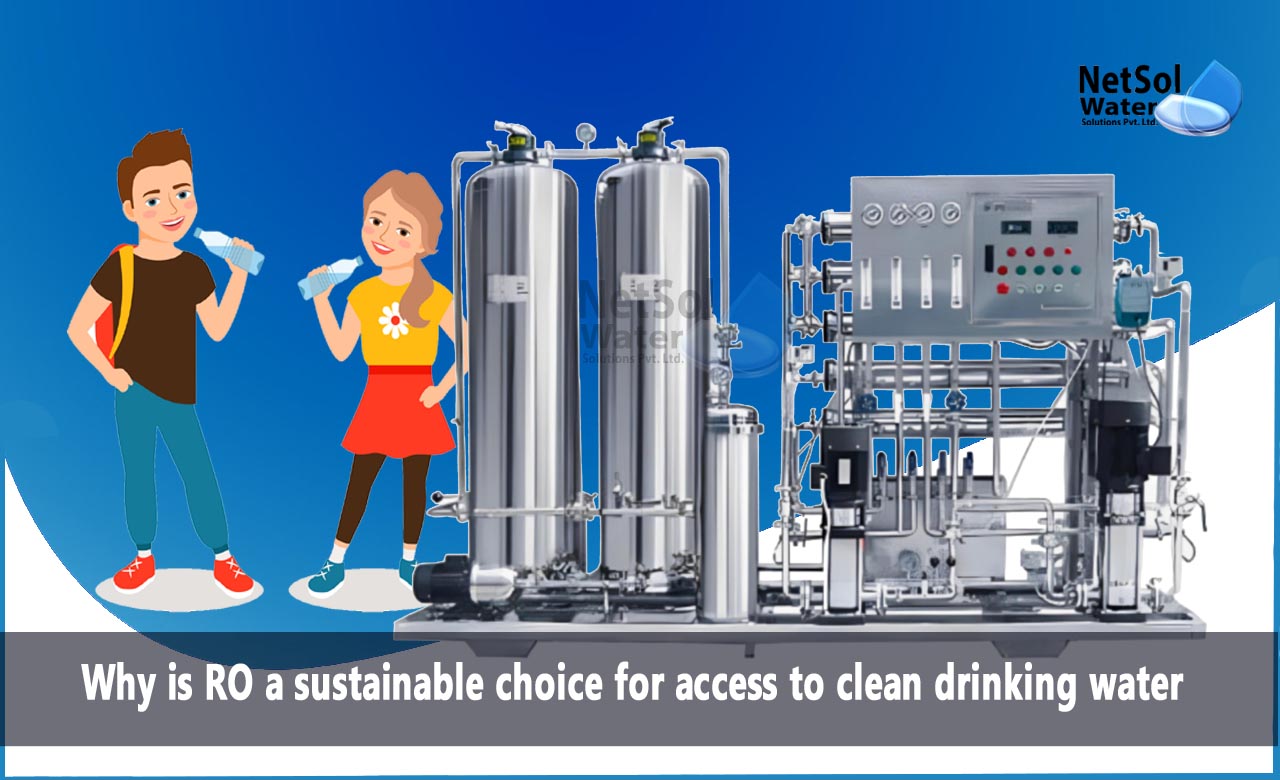Why is RO a sustainable choice for access to clean drinking water?
Access to clean and secure water is an essential human right. However, in many arena elements, water infection and scarcity are persistent demanding situations. To cope with those issues, numerous water purification strategies have been developed, and one of the most influential and sustainable selections is Reverse Osmosis (RO). In this blog, we can explore the reasons why RO is a sustainable solution for offering the right of entry to accessible ingesting water.
High Efficiency in Contaminant Removal
Reverse Osmosis is a water purification procedure that makes use of a semipermeable membrane to take away impurities, contaminants, and pollutants from water. It is noticeably effective at disposing of a considerable variety of contaminants, including microorganisms, viruses, heavy metals, minerals, and chemical substances. This efficiency ensures that the treated water is purer, making it safe for intake.
Reduced Chemical Usage
One of the significant benefits of RO is that it extensively reduces the need for chemical treatment. Conventional water treatment methods regularly rely upon using chemical substances, inclusive of chlorine, which can have negative environmental impacts and pose fitness dangers. RO, alternatively, is a physical filtration procedure, meaning it doesn't require the addition of harmful chemical substances to purify water. This reduces the ecological footprint of water treatment.
Minimal Energy Consumption
Reverse Osmosis systems are energy-efficient when compared to different water treatment methods. While strength is needed to pressurise the water through the semipermeable membrane, the electricity consumption of RO structures is deficient. Additionally, improvements in the RO have brought about the development of more strength-green systems, making it an increasingly sustainable choice.
Low Wastewater Generation
RO does generate a little wastewater, which incorporates the contaminants and impurities removed from the water. However, modern designs have enabled the recycling and treatment of this wastewater in a closed-loop gadget, decreasing typical water wastage. This ensures that water resources are used successfully and minimises the environmental effect.
Long Lifespan and Low Maintenance
RO systems are regarded for his or her sturdiness and lengthy lifespan. When nicely maintained, they can provide water for decades. This sturdiness reduces the want for a common substitute, thereby reducing the environmental effect associated with production and getting rid of filtration structures.
Scalability and Versatility
RO systems may be tailor-made to meet specific water remedy needs, making them flexible for lots of programs. From massive-scale industrial water purification to smaller residential units, RO generation can be tailored to healthy the necessities of different communities and industries, in addition to contributing to its sustainability.
Reduces the Use of Single-Use Plastic
In regions with unreliable or contaminated water resources, many human beings depend upon bottled water. This contributes to the proliferation of single-use plastic bottles, which hurts the environment. By implementing RO structures in houses and groups, the dependence on bottled water can significantly decrease, thereby reducing plastic waste.
Conclusion
Reverse Osmosis is a sustainable preference for gaining access to clean water because of its efficiency in eliminating contaminants, reduced chemical usage, minimum electricity consumption, low wastewater generation, sturdiness, and flexibility. It no longer handiest gives safe ingesting water but additionally facilitates lessening the environmental footprint of water treatment. As the arena grapples with water-associated challenges, embracing RO generation is a step towards ensuring that each character has entry to a sustainable source of clean, consuming water.




